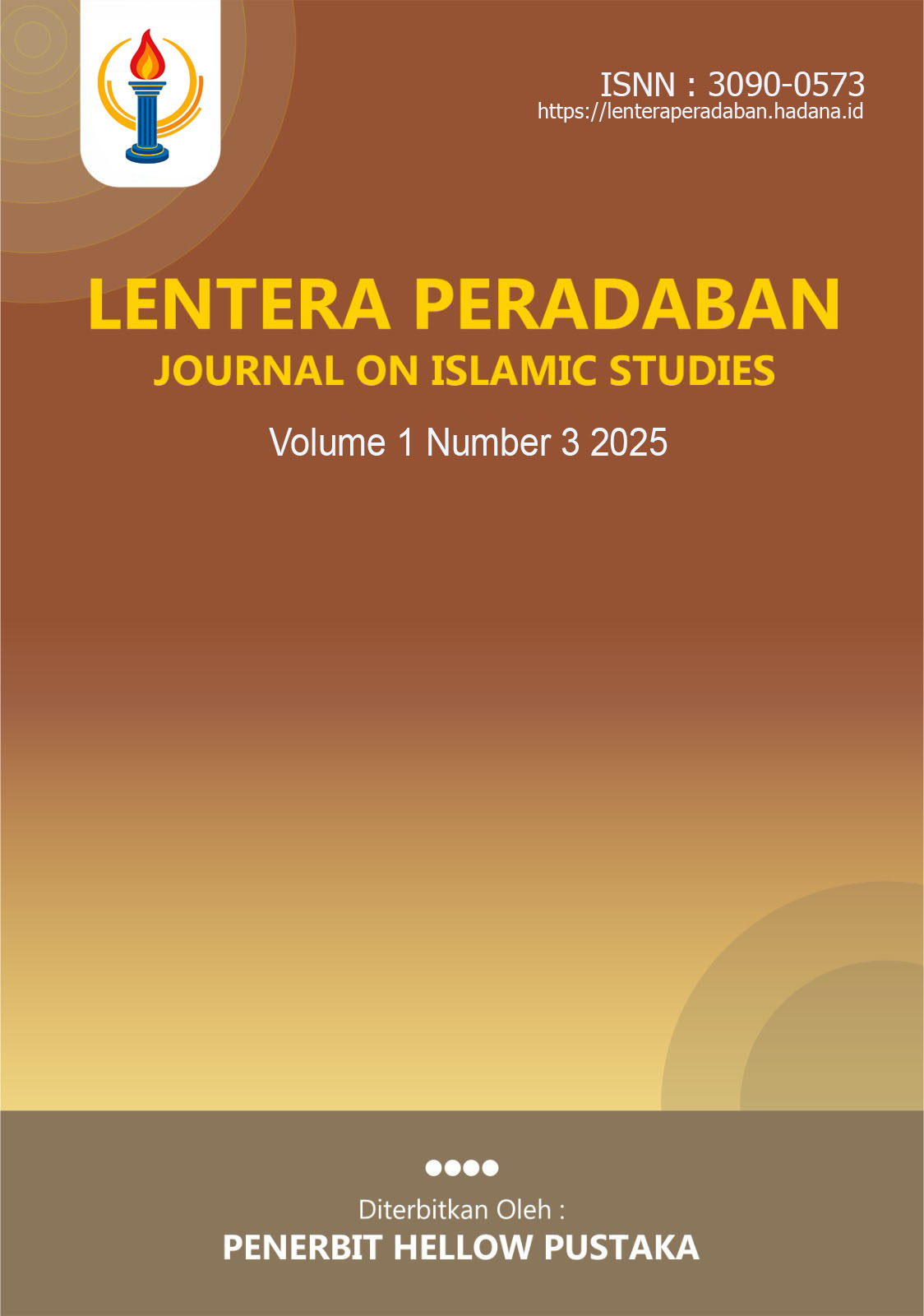Derivative Transactions in Stock Exchanges: Between Gharar and Speculation
DOI:
https://doi.org/10.61166/lpi.v1i3.14Keywords:
Derivative Transactions, Gharar, Speculation, Stock Exchange, Islamic LawAbstract
This study aims to analyze derivative transactions in the stock exchange from the perspective of Islamic law, focusing on the concepts of gharar (uncertainty) and speculation. Employing a comprehensive literature review design, the research examines both classical and contemporary Islamic sources, as well as relevant capital market regulations. The findings reveal that purely speculative derivatives (such as futures and options without physical delivery) contain excessive gharar and are therefore problematic under Sharia principles. In contrast, derivatives designed for risk management (hedging), such as Salam Futures, Istisna’ Futures, or Ijarah-based Options, show potential compliance with Sharia when structured with clear limitations and subject to strict supervision. The implications highlight the need for a more comprehensive regulatory framework for Sharia-compliant derivatives, the development of products based on Islamic contracts, and the enhancement of Sharia financial literacy in Indonesia. The originality of this research lies in its in-depth integration of gharar and speculation analysis in the context of derivatives, offering practical guidance for the development of modern Sharia-compliant financial instruments.
References
Abdullah, M., Othman, S. H., Ariffin, A. A., & RashiUd, A. (2019). Blockchain technology in Islamic finance: Opportunities and challenges. Journal of Islamic Finance, 8(1), 1–13.
Ascarya. (2014). Islamic financial system: Overview of theories and practices. Rajawali Pers.
BEI. (2023). Produk Derivatif. Retrieved from https://www.idx.co.id/produk-dan-jasa/produk-derivatif/
Chance, D. M., & Brooks, R. (2010). An introduction to derivatives and risk management. Cengage Learning.
Chapra, M. U. (2008). The Islamic vision of development in the light of Maqasid al-Shari'ah. IIIT.
Chapra, M. U., & Ahmed, H. (2002). Corporate governance in Islamic financial institutions. Islamic Development Bank.
DSN-MUI. (2022). Fatwa DSN-MUI. Retrieved from https://dsn.mui.or.id/fatwa/
El-Gamal, M. A. (2006). Islamic finance: Law, economics, and practice. Cambridge University Press.
Fabozzi, F. J., & Modigliani, F. (1992). Capital markets: Institutions and instruments. Prentice-Hall.
Fink, A. (2019). Conducting research literature reviews: From the Internet to paper (5th ed.). Sage Publications.
Hasan, Z. (2009). Risk management in Islamic finance: An analysis of issues and challenges. Islamic Economic Studies, 17(1), 1-28.
Hull, J. C. (2018). Options, futures, and other derivatives (10th ed.). Pearson Education.
IFSB. (2015). Guiding Principles on Risk Management for Institutions Offering Islamic Financial Services (IIFS). Islamic Financial Services Board.
Ismal, R. (2013). The Islamic financial system: Principles, problems and prospects. Routledge.
Khan, M. F. (2010). Islamic banking and finance: An introduction. Islamic Economics Research Bureau.
Khan, M. T., & Ahmed, A. (2001). Islamic finance: A comprehensive bibliography. Islamic Development Bank.
Kindleberger, C. P. (1989). Manias, panics, and crashes: A history of financial crises. Basic Books.
Mahyudin, M. (2012). Financial derivatives: An Islamic perspective. IIUM Press.
Obaidullah, M., & Khan, S. (2008). Islamic financial products and services: An introductory guide. The Islamic Foundation.
OJK. (2020). Roadmap Pasar Modal Syariah 2020-2024. Otoritas Jasa Keuangan.
OJK. (2024). Peraturan OJK. Retrieved from https://www.ojk.go.id/id/kanal/pasar-modal/regulasi/peraturan-ojk/Pages/default.aspx
Saeed, A. A. (2004). Islamic banking and interest: A study of the prohibition of riba and its contemporary interpretation. Brill.
Usmani, M. T. (2002). An introduction to Islamic finance. Idara Isha'at Deeniyat.
Vogel, F. E., & Hayes, S. L. (1998). Islamic law and finance: Religion, risk, and return. Kluwer Law International.






